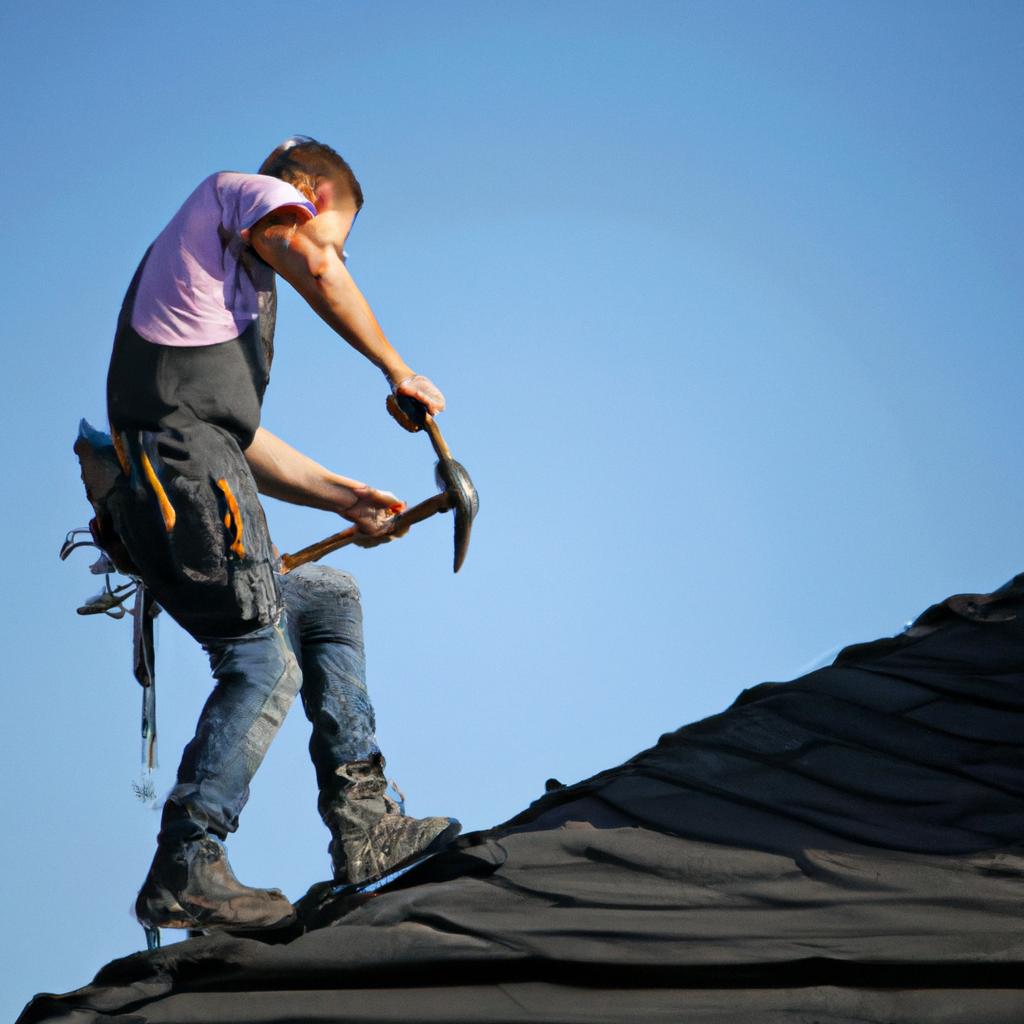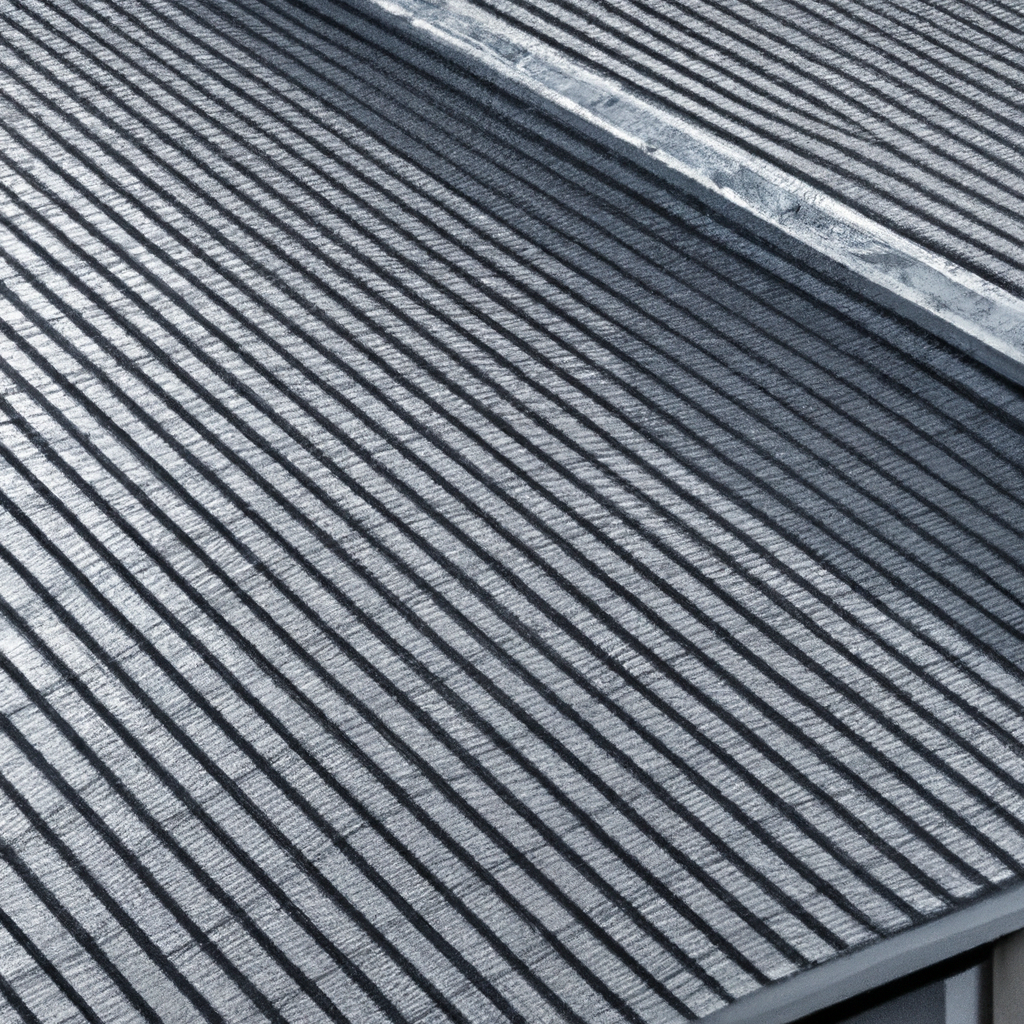
Welcome to our comprehensive guide on the art of properly handling tools during roof repairs. Whether you are a seasoned professional or a DIY enthusiast, understanding how to use and handle tools correctly is crucial for the success and safety of any roofing project. In this article, we will walk you through the essential tools, techniques, and best practices that will help you master the art of roof repairs. By the end, you’ll have the knowledge and confidence to undertake any roofing task with ease.
The Importance of Proper Tool Handling
Roof repairs can be complex and challenging, requiring a wide range of tools to get the job done effectively. However, it’s crucial to understand that using these tools without proper care and technique can lead to accidents, damage to the roof, and even personal injury. This is why mastering the art of properly handling tools is absolutely essential. By doing so, you not only ensure your own safety but also increase the chances of a successful repair.
Choosing the Right Tools
Before we dive into the nitty-gritty of tool handling, let’s first discuss the importance of selecting the right tools for your specific roofing project. Different repairs may require different tools, so it’s vital to assess the scope and nature of the job before making your tool selection. Some common tools you may need for roof repairs include:
- Hammer: A sturdy hammer with a claw is essential for removing nails and securing roofing materials.
- Utility Knife: A sharp utility knife will come in handy for cutting and trimming roofing materials.
- Roofing Nailer: If you’re working with asphalt shingles, a roofing nailer can greatly speed up the installation process.
- Roofing Shovel: Also known as a “ripper,” a roofing shovel is used for removing old materials and debris from the roof.
- Chalk Line: A chalk line helps you achieve straight and accurate guidelines during the installation process.
- Safety Harness: For any work performed at heights, a safety harness is a must to prevent falls and ensure personal safety.
- Caulking Gun: A caulking gun is indispensable for sealing gaps and cracks in the roof.
Remember, always choose high-quality tools from reputable brands to ensure durability, performance, and safety.
Proper Handling Techniques
Now that you have the right tools in hand, let’s explore some essential techniques for handling them properly during roof repairs:
1. Familiarize Yourself with the Tools
Before using any tool, take the time to read the manufacturer’s instructions and familiarize yourself with its features and functions. This will help you understand how to properly grip, operate, and maintain the tool.
2. Use Protective Gear
Always prioritize safety by wearing appropriate protective gear, including gloves, safety glasses, and non-slip footwear. Additionally, when working at heights, ensure you have a sturdy ladder and, if necessary, a safety harness.
3. Maintain a Firm Grip
When handling tools, maintain a firm grip to ensure control and minimize the risk of accidents. Avoid gripping tools too tightly, as this can lead to hand fatigue. Find a balance that allows you to work comfortably and efficiently.
4. Practice Proper Posture
Maintaining proper posture while using tools is essential to prevent strain and injury. Stand with your feet shoulder-width apart, keep your back straight, and avoid overreaching or bending awkwardly. If necessary, use knee pads for added comfort and protection.
5. Store Tools Properly
After each use, clean your tools thoroughly, remove any debris, and store them in a dry and secure location. This will help maintain their longevity and ensure they are ready for future repairs.
Conclusion
Mastering the art of properly handling tools during roof repairs is a vital aspect of ensuring a successful and safe outcome. By choosing the right tools, familiarizing yourself with proper handling techniques, and prioritizing safety, you can confidently tackle any roofing project. Remember, the key to success lies in practice and continuous improvement. So, equip yourself with knowledge, invest in quality tools, and always prioritize safety above all else. Happy roofing!

























